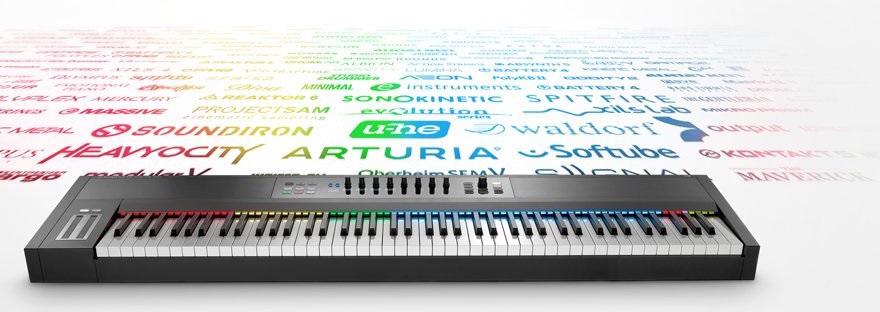
Komplete Audio 6 Control Panel Settings
I have a Komplete Audio 6 audio interface and use it with win xp via usb. My problem is that whenever I try to record any of my gear with a recording software on my pc there is some noise on the recorded audio. I made a system performance test with the native instruments control panel and the dpc latency checker. After install KA6 control panel states 'no komplete audio 6 found. Please make sure that the interface is plugged in.' Windows states 'the peripheral does not appear to be plugged in' I unplug the device, and restart, plug back in, and still get same notice. I can not acces the service center. I get a message that says 'windows cannot access.
The Native Instruments Traktor Audio 10: The ultimate DJ audio interface? Pic: James Lee Along with the new generation of and, Native Instruments presented two new audio interfaces, the [audio6] and the [audio10] to succeed the fairly successful Audio 4 and Audio 8. They promised us improved sound quality, connectivity and flexibility as well as being “installation friendly”. But how do they hold their ground in daily club routine, especially for DVS DJs who will make most use of them? And is there any reason to switch to a new interface if you already own one of the old generation? What’s new Let’s start with the obvious changes: the Native Instruments interfaces are now larger because they offer more channels – the Audio 6 has three stereo inputs and outputs, the Audio 10 has five of each. This way they offer more connectivity, no doubt about that.
They are also heavier. The difference between the Audio 4 and the Audio 6 are an additional stereo in (line only) and stereo out on the front panel, an additional hook to fix a USB or power supply cable on the backside and an inlet for the (optional) power supply. The changes between the Audio 8 and Audio 10 are more significant. The Audio 10 has four ins and four outs on the back as well as USB and power supply connectors. Every of these four inputs can handle phono and line signals! The external power supply for the Audio 10 is obligatory, a USB connection simply can’t handle that much power demand. The Midi in and out on the Audio 10 are now on the front panel as well as a fifth pair of in and out connectors (only line this time for the inputs), a microphone jack plug (as opposed to the XLR plug on the Audio 8 ) and a headphone socket.
The headphone socket on the Audio 6 always sends the signal from the main output (on the front). On the Audio 10 you can choose between the input signal and the output signal of the front panel connectors. The status LEDs on the upper panel of both new interfaces are bolder and brighter. In use So let’s start the testing. For the test I used my Macbook Pro 13″ (mid 2009) with 8GB RAM, and Traktor Scratch Pro 2.0.2. The audio interfaces tested were the Audio 8 (representing the old generation) and the Audio 6 (representing the new). The things I wanted to test were: • Is there any difference in sound quality I can actually hear? Bcc flickr fixer download youtube free. Bongo 2 keygen crack.
• Is there a difference between the Audio 6 with external power supply and without? (I read in a forum that there is less latency with external power) • Is there any difference in latency between the Audio 6 and the Audio 8? So, with exactly the same conditions for both audio interfaces, my first finding was that I couldn’t hear hear any difference in sound on my studio monitors. That does not mean that there is not one, but it’s not enough that I can hear it.